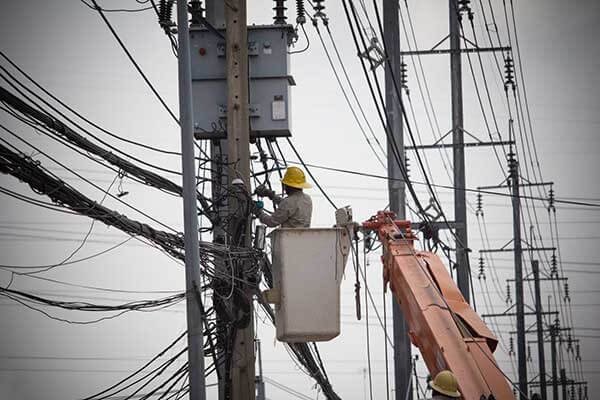It looks like your power is out! You walk outside and see the whole neighborhood has fallen into temporary darkness and begin to wonder when the power will be restored. Foremost, the lead time depends on the following types of electricity outages:
Planned Outages
Utility bidder aims to provide the best services to their customers. However, that comes with many challenges. Some of these energy providers have over 250,000 electric poles to maintain, 10,000 kilometers of electricity wires to repair, and hundreds of generators to look after. These numbers are very tough to manage when you include street lights and other public lighting.
Planned outages are a part of a planned strategy for the employees to repair any issues that may keep surfacing. Utility bidders replace components, rewire wires, repair generators, or replace national grid components during these planned outages. Any inconvenience during the planned outage is regretted.
Unplanned Outages
Suppose your power goes out unexpectedly during a snowstorm, ice storm, heavy rainfall, thunder, or lighting. In that case, that is called an unplanned outage. These usually happen during unexpected severe weather conditions and are caused by electricity wire sparking, motor vehicle accidents, fallen trees on electricity poles, or animals coming into contact with electrical components.
However, if you are experiencing an unexpected, unplanned outage in a single part of your home, check the electrical panel. It might be a fuse blowout. The circuit may have tripped. You would need to replace the fuse or turn on the breaker to get the power back.
Rotating Power Outages
Simply speaking, increased electricity in demand on the power grid will burden it. This especially happens in the summers when it is incredibly humid. When this happens, the utility bidders limit the amount available in the electricity grid to save it from completely giving out.
Some have known to rotate power to its customers with scheduled power outages. For example, the area across your street will have its power an hour after you do. These practices are widespread in underdeveloped countries with faulty electrical systems. They aim to provide power to everyone while rotating power outages for six to eight hours daily.
Under-Frequency Load Shedding
The major cause of an under-frequency load shedding is when a primary electrical power source is eliminated from the transmission grid. Such events occur from a generator going out, or a hydropower turbine stops working unexpectedly. This final form of a power outage is rare, but it can take a few hours to fix when it happens.
The issue is expected to not become out of control. Therefore, either the power is disconnected from the primary source or is shifted to the remaining generators.
However, this practice does not reduce the burden on the electricity grid. The restoration protocols are instantly put underway to fix the issue as soon as possible.
The bottom Line
Although it is simple to categorize power outage types, the reality is far more complex. Sometimes the power outages can result from multiple reasons, and with the growing global heat, the problem is expected to worsen.




